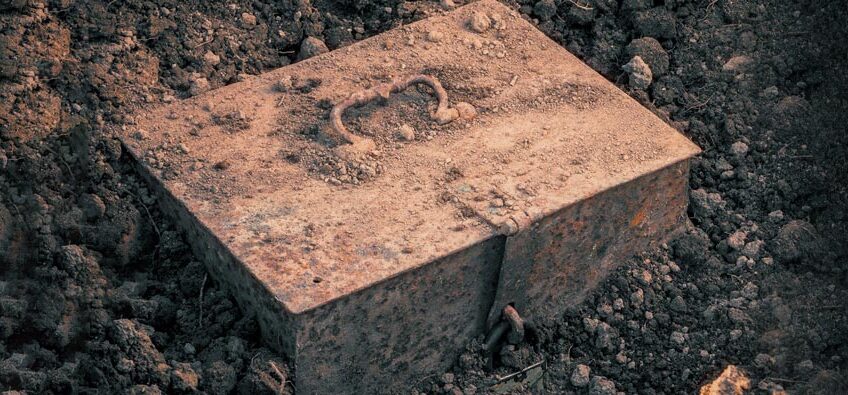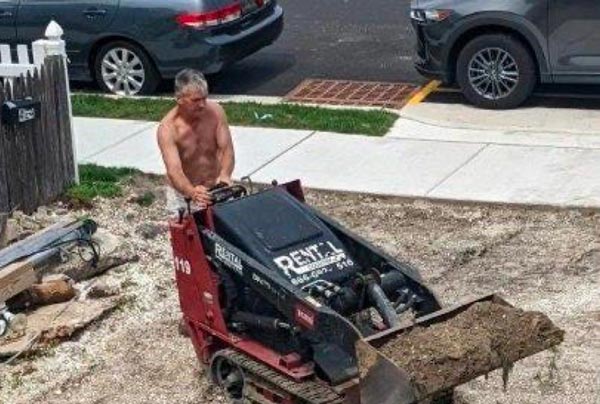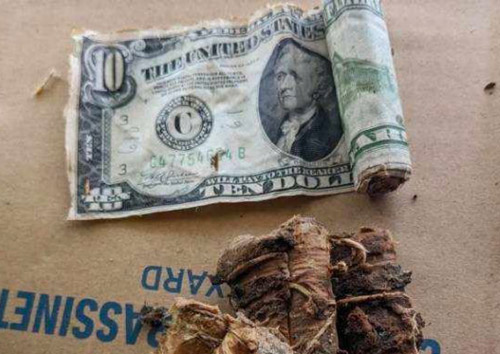
Buried Treasures: They Don’t Make ‘Em Like They Used To!

Remember When Discovering a Buried Treasure Meant Instant Fortune and Riches?
Rich Gilson was doing some work on the driveway of his home in Wildwood, New Jersey a few weeks ago. Digging around, he’s just hitting concrete and rocks when suddenly he strikes what he thinks are a couple of plant root balls.
So he tosses them aside.
Then he hits another one. Now he’s curious and pulls at the edge of one. “Hey,” he realizes, “This is money!”

Rich discovered rolls of $10 and $20 dollar bills wrapped up in brown paper, all from the same lot dated 1934.
His “windfall” amounted to about $1,000.
Rich suspects this was cash taken out of the bank during the Great Depression, a time when so many institutions were failing as a result. Or to add to the intrigue of the story maybe it was from a bank heist? But most likely, given the sequential 1934 markings on the bills, odds are it was money pulled from the bank in desperation- a very common tale of the time.
We think it was probably a good idea for someone to take their money out of the bank back then, but even that forethought wouldn’t have been quite enough. You see, US paper money has lost a lot of purchasing power since it was buried in 1934. It would take more than $22,000 today to equal the purchasing power of $1,000 back then.

That’s because the Federal Reserve has printed up a lot more dollars in the intervening years, making each dollar worth less.
Whoever buried the money back then would have been much wiser to have buried $1,000 worth of gold. A year earlier, in 1933, President Roosevelt nationalized (stole) the peoples’ gold. At the time $1,000 would have been 50 US $20 gold pieces. The gold alone would have a current value of $92,500 at recent prices. Even if the coins were circulated from common usage, 50 $20 dollar gold pieces would be worth somewhere around $1,125,000 today. And much more if they were in collectible condition.
And by the way, since it was all just depreciating paper US dollars, Rich is not even going to bother to spend his “windfall.” It’s not worth enough – he’d feel silly just spending it on a hoagie, he says – so he’s keeping it just for a conversation piece.
So, we draw this conclusion from Rich’s story. If you want to preserve your wealth, it is much wiser to do it in the form of gold, real money of enduring value.
